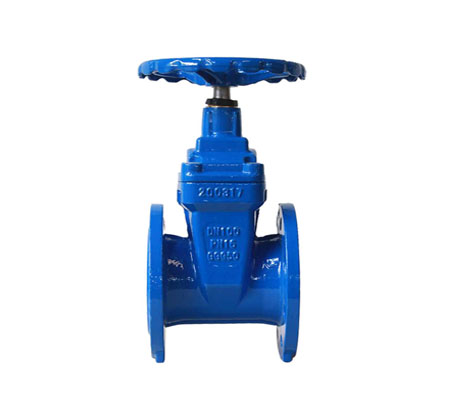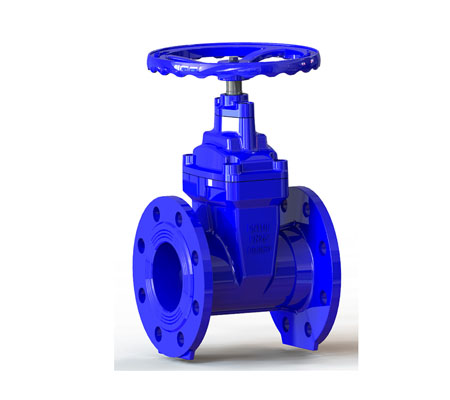The gate valve is a valve for media connection and shut-off, but not for regulation. Compared to other valves, gate valves have a wider range of combined applications in terms of pressure, operating oil, design pressure and temperature. Depending on the screw position of the stem, gate valves can be divided into rising stem gate valves and non-rising stem gate valves (NRS).
Open stem gate valves have the stem nut on their cover. When opening or closing the gate valve, the rotation of the stem nut pushes the stem up and down. It opens and closes the valve flap attached to the stem by lifting or lowering the threads between the handwheel and the stem, with no interruption of flow in the fully open position. This design facilitates the lubrication of the stem and has been widely used. The wedge is coated with rubber and therefore cannot be used as a non-return valve or flow regulator.
Easy to open and close.
Low fluid resistance, moderate erosion and erosion of the sealing surface.
Unrestricted media flow, no turbulence, no pressure reduction.
Sealing surfaces are susceptible to erosion and scuffing and are difficult to maintain.
Larger constructions require more space and longer opening times.

The non-rising stem is the external stem, also known as the rotary stem gate valve or the blind stem wedge gate valve. The stem will rotate to open and close the gate, but the stem will not move up or down as it rotates. As the stem rotates, the stem moves in or out of the valve, which also moves the gate to open or seal the valve.
Non-rising stems take up less space and are ideal for gate valves where space is limited. Normally, an open-close indicator should be fitted to indicate the degree of open-close.
Non-lubricated stem threads will lead to media corrosion and are easily damaged.
Whether the valve is closed or open, the rising stem gate valve is visible from the outside. The leadscrew can be seen, whereas the non-rising stem gate valve is not.
The rising stem flanged gate valve has the lifting screw exposed and the nut fixed to the handwheel fixed (no rotational axial movement), the rotation of the screw and the gate is only a relative movement, while the valve disc and stem have no relative axial displacement together. The lifting screw of the non-rising stem flange gate valve can only rotate, but not move up and down.

The paddle gate valve is used to lift or lower the disc through a threaded drive between the stem and the steering wheel. When the non-rising stem gate valve is on and off, the steering wheel and the stem are connected together and relatively fixed. It drives the valve plate up and down by turning the stem at a fixed point.
The drive thread of nrs valve is located in the valve body. In the opening and closing process, the stem only rotates and the valve plate rises or falls in the valve body. The stem of the rising stem gate valve drives the valve plate up and down together. The drive thread on the stem is outside the valve body, and the opening and closing position of the valve plate can be judged intuitively according to the movement direction and position of the stem. The height of non-rising stem gate valve is small; Large installation space is required for rising stem gate valve.